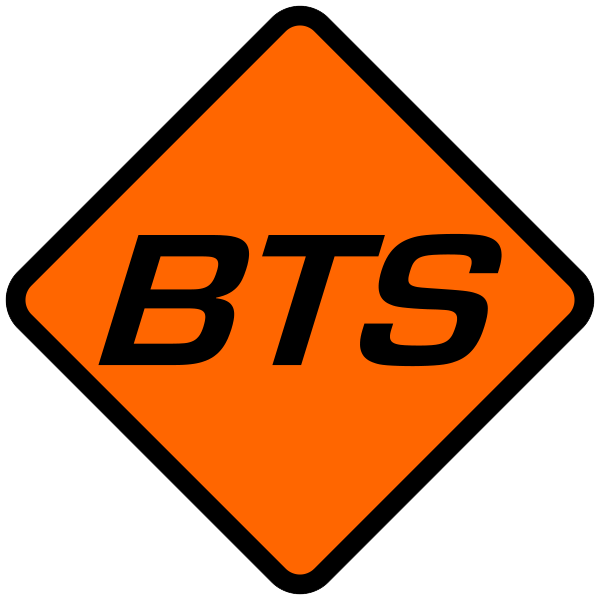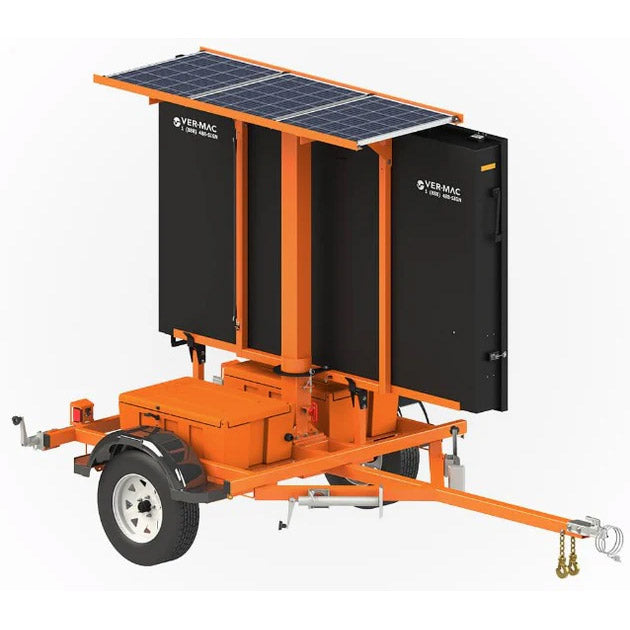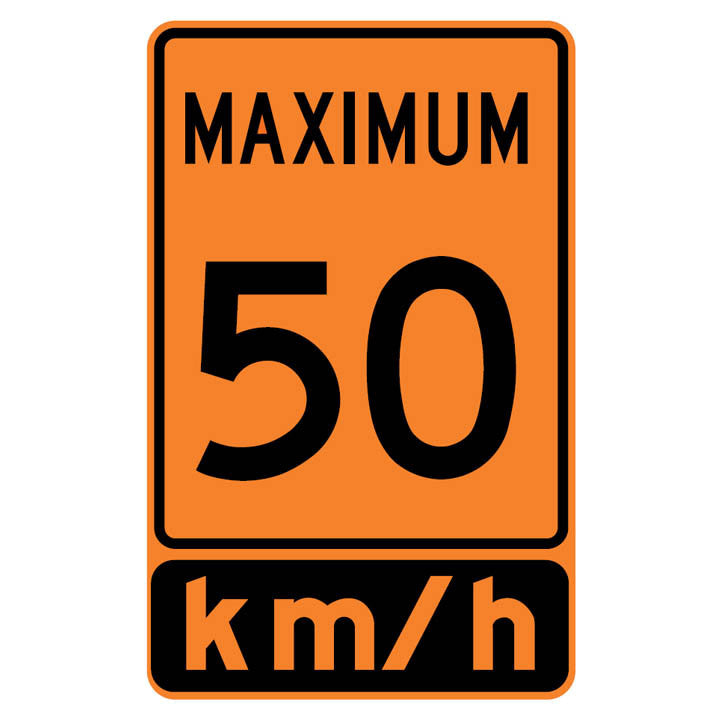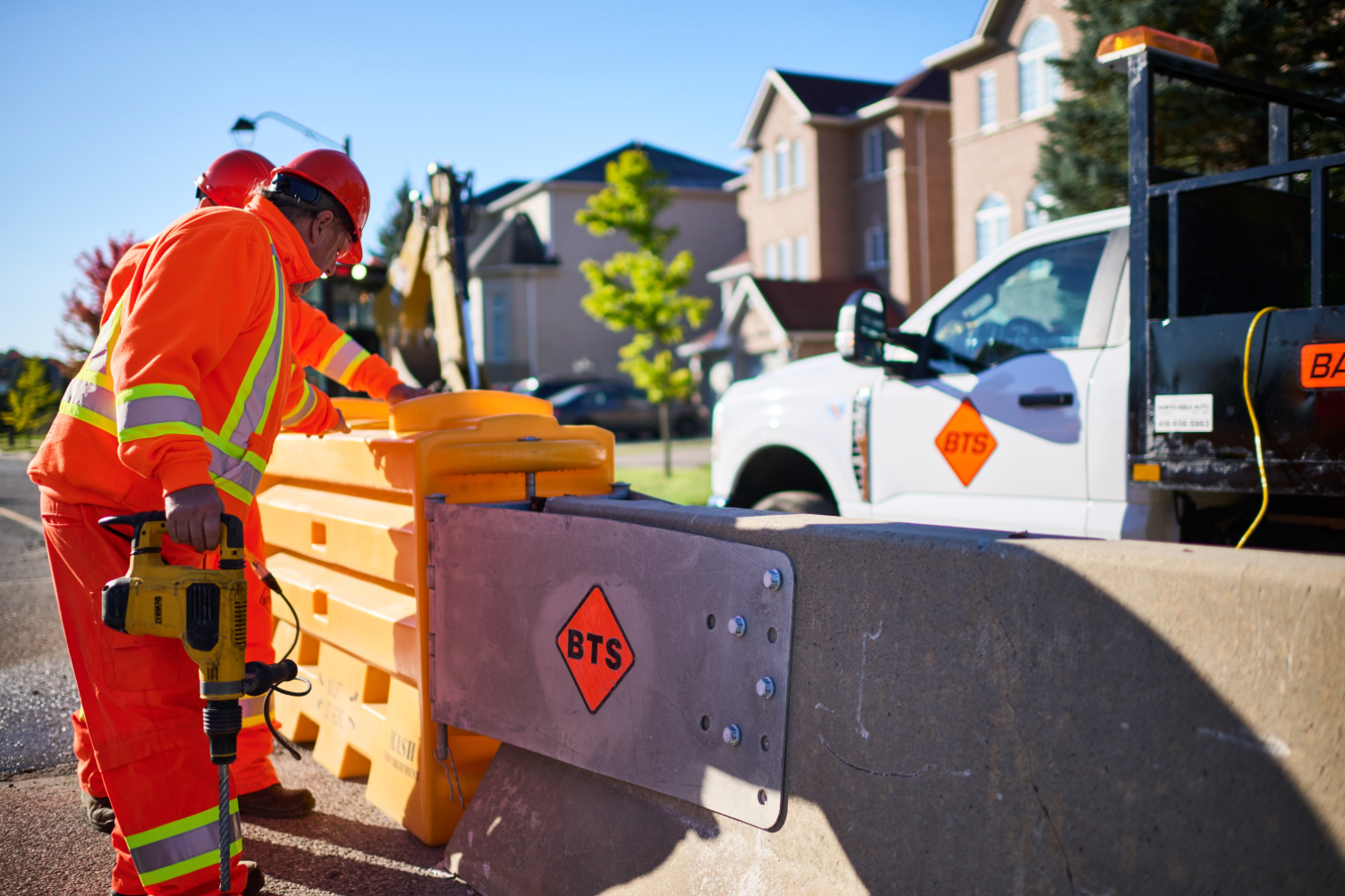When Ontario roads need protection, Jersey Wall Barriers do much of the work. They block vehicles, guide drivers, and shape traffic lanes. But the blunt end (or unguided ends) of these barriers still poses danger.
The Sentry Longitudinal Energy Dissipater (“SLED”) builds on Jersey Barricades and Jersey Wall Barriers. It adds a safety buffer at the end. It improves traffic control in many settings. Barricade Traffic Services offers SLED to make work zones safer.
What Is the SLED and How It Extends Jersey Wall Barriers
Jersey Wall Barriers are large plastic barriers. They sit in the road or at worksites. They prevent vehicles from crossing into dangerous zones.
They shield workers and other traffic. But where the barrier ends, there is often nothing to absorb an impact. The SLED attaches to the end of a Jersey Wall Barrier or permanent barrier.
It functions as an energy dissipater. It is a crash cushion that reduces impact forces when a vehicle hits the barrier end. The SLED has internal steel cables and water-filled modules.
These parts deform, absorb energy, and channel or contain the impact. It shields the barrier end from direct collision. It guards against secondary accidents. In Ontario, this kind of protection matters in many traffic control scenarios.
How the SLED Works in Traffic Control
Traffic control must always plan for what could go wrong. In construction zones, event sites, or emergency slowdowns, traffic can err.
Drivers may hit ends of barrier walls. The SLED reduces the risk. It is non-redirective, meaning it does not push a vehicle back into traffic lanes violently.
Instead, it gates and dissipates energy. It helps absorb crash forces to protect both the driver and others. It reduces impact severity.
It lowers risk of rollover or vaulting. It helps with visibility, since the bright yellow modules alert drivers that a barrier end is ahead.
Because it is water-filled, the SLED is heavy when filled but can be moved when empty. It does not need anchor bolts to attach to pavement or bridge decks.
This makes setup faster and it can connect to Jersey Wall Barriers. It transitions to many barrier shapes. It can attach to barrier profiles that converge or diverge up to certain angles. It fits narrow shoulders and work zones where space is tight.
Why Use the SLED in Ontario
Ontario has many urban roads, rural roads, and bridges etc. Work happens all over — road repairs, bridge maintenance, events, concerts, sports games, emergency repairs. In each place, traffic control companies must protect both workers and motorists.
Jersey Barricades are already standard in many work zones. They hold back traffic. They define lanes. But when the unprotected end is exposed, crashes can be severe. The SLED protects that exposed end.
Traffic control regulations and safety expectations in Ontario emphasize minimizing risk. The SLED is tested under MASH standards (Test Level 3 in many cases).
That gives confidence that it will perform under real crash conditions. It helps municipalities, contractors, and event planners meet safety requirements. It reduces liability. It helps keep road closures and lane shifts safer.
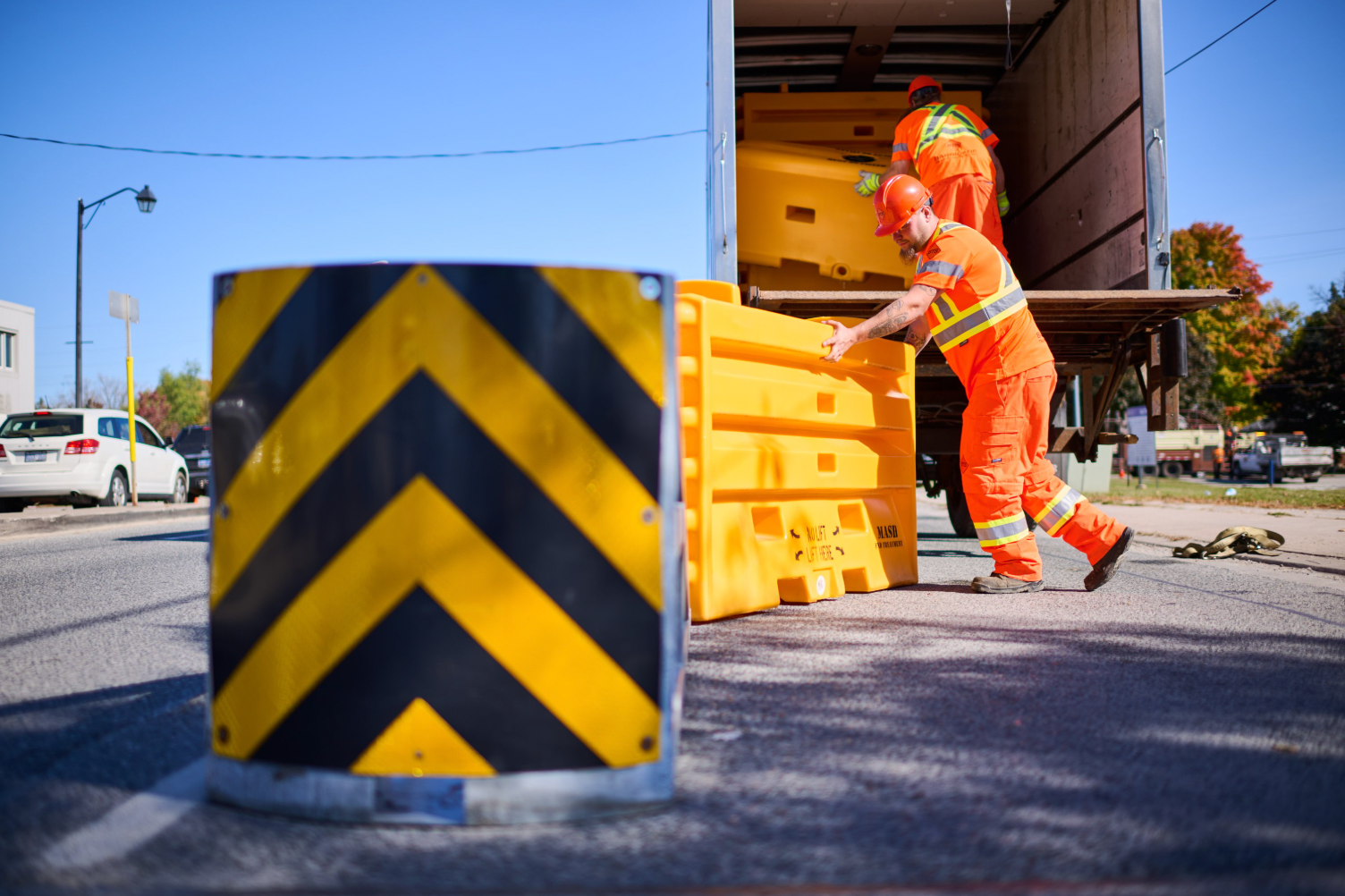
Situations for Use
The SLED has many uses, in road construction zones, it protects the end of barrier walls at road work sites. It makes detours safer by shielding the ends of Jersey Wall Barriers that guide traffic into new lanes.
During concerts, festivals, and large public events, event organizers often block roads and set up temporary barriers. The exposed ends of those barriers can be dangerous without treatment. The SLED gives protection for event traffic control.
In sporting events or stadium settings, large volumes of traffic enter and exit at once. Organizers or traffic control companies can use Jersey Barricades to redirect or channel traffic. Where those barriers end abruptly, the SLED protects drivers who misjudge turning or visibility.
In emergency situations — for example accidents, sudden road damage, or severe weather — temporary barriers may be deployed. The barrier ends may be exposed. SLED gives added safety in unstable or rapidly changing conditions.
Main Purpose and Safety Benefits
The main purpose of the SLED is to reduce damage, injury, and loss of life when vehicles hit the end of a barrier.
It focuses on absorbing crash energy. It also concentrates on minimizing secondary accidents — those caused by barrier debris or by vehicles rebounding into other lanes. It improves visibility of the barrier end. It lowers speed at which collisions do most damage.
It also gives traffic control companies a tool that is versatile. Instead of always using long rigid solutions or trying to engineer long approaches, they can use SLED modules to protect barrier ends safely. It fits with modern traffic control design. It complements Jersey Wall Barriers rather than replacing them.
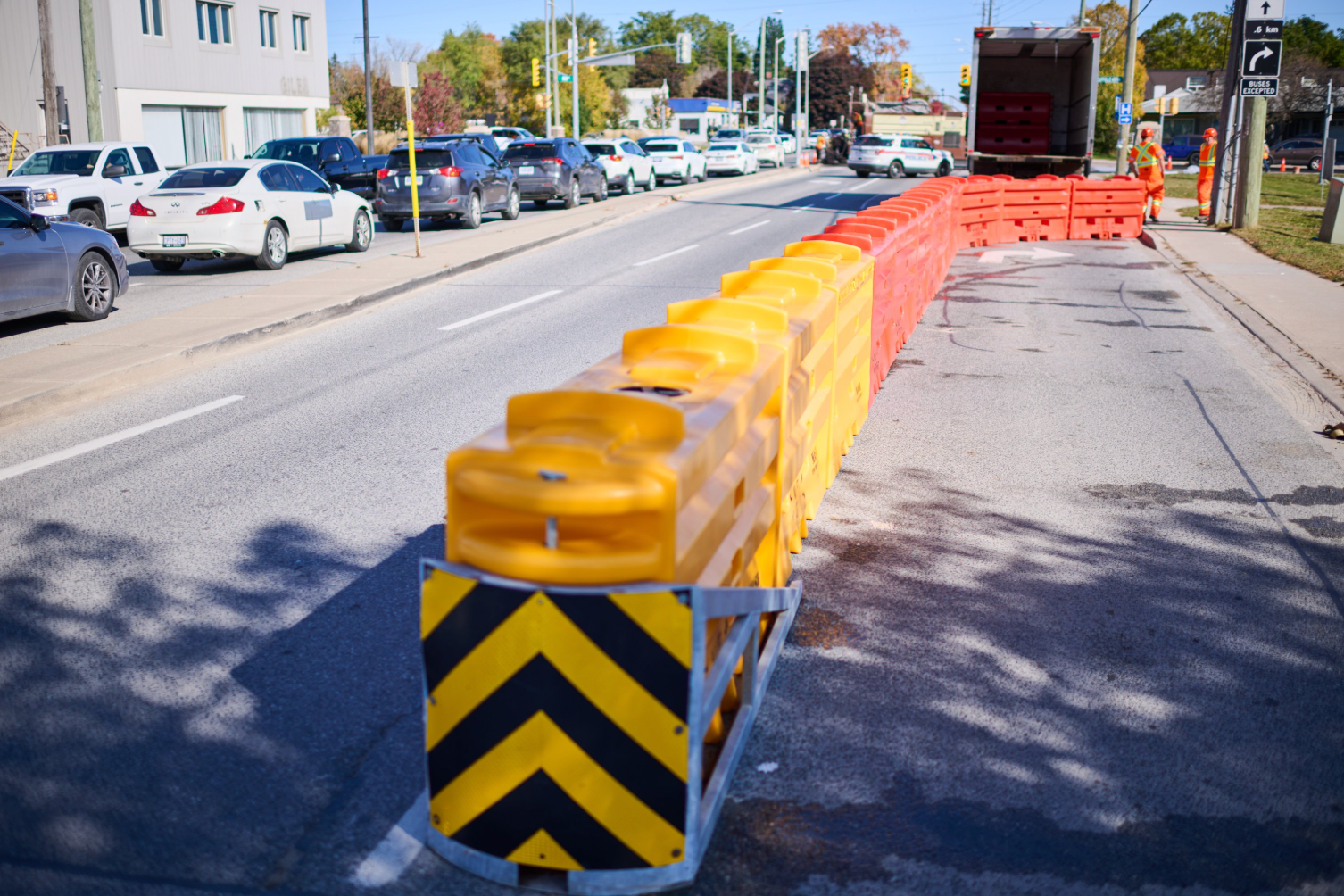
Advantages Over Using Jersey Barricades or Barriers Alone
Jersey Barricades and Jersey Wall Barriers do a vital job. They block cross-traffic, protect workers, shape traffic. But alone, they cannot absorb energy at their ends.
Without an energy dissipater, the bare end is like a hazard. The SLED attaches to barrier ends and changes the hazard into a managed risk. It reduces severity of crashes at those ends.
Because SLED uses water-filled modules, it can deform, rupture, absorb energy. The internal steel cables help wrap around the impacting vehicle and reduce secondary damage.
Also, SLED does not require permanent anchoring. That means fewer infrastructure modifications. It means quicker installation by traffic control teams. It means less disruption.
In addition, the bright colour and visual cues help alert motorists early. Even if visibility is low, drivers see the yellow modules or the shape of the SLED ahead of the barrier end and adjust.
Ontario Context: Standards, Regulations, and Implementation
Ontario’s Ministry of Transportation (MTO) and municipalities have strict rules for traffic control, work zones, barriers, and crash attenuators. They require devices that have been tested and certified. They require safety in design, installation, and maintenance.
The SLED is approved in many jurisdictions as meeting or exceeding required standards (such as MASH). Barricade Traffic Services ensures that every SLED used meets those standards.
Traffic Control Companies in Ontario must plan traffic control zones with safety at every point. They must include signage, barrier placement, end treatments.
SLED offers a compliant end treatment to Jersey Wall Barriers and other barrier systems. It helps traffic control plans pass reviews and inspections. It reduces risk of accidents for work crews, drivers, and pedestrians.
Who Uses SLED Among Traffic Control Companies
Traffic control companies, road contractors, municipalities, event planners all use SLED. Barricade Traffic Services supplies SLED units.
We deliver, install, and maintain them. We ensure correct water fill levels, correct transitions to Jersey Barricades or other barriers. We train crews in safe setup.
Contractors doing road repairs often use Jersey Wall Barriers with SLED at lane closures. City road work on major arterials deploy barrier walls with end treatments to protect turning vehicles. Event companies closing roads for festivals set up temporary barriers and SLED at end points. Stadium traffic flow plans often include barrier walls and SLED to manage exit routes safely.
Contact Us
The SLED Sentry Longitudinal Energy Dissipater is a smart, safety-focused extension to Jersey Wall Barriers. It fills a gap in barrier safety. It turns the exposed end of a barrier into a protected zone.
It works in many traffic control situations in Ontario: construction, concerts, sporting events, emergencies. It helps traffic control companies meet standards. It helps drivers and workers stay safer. It adds energy absorption, better visibility, lower risk of secondary crashes.
When you plan a work zone or event, installing proper barriers is critical. Using Jersey Barricades or Jersey Wall Barriers is standard.
Adding the SLED at barrier ends makes the setup safer. Barricade Traffic Services offers this solution. We make sure you get a system that works, is compliant, and protects everyone.
